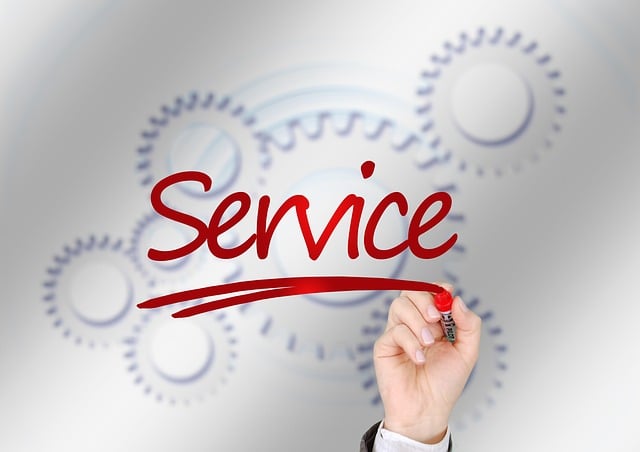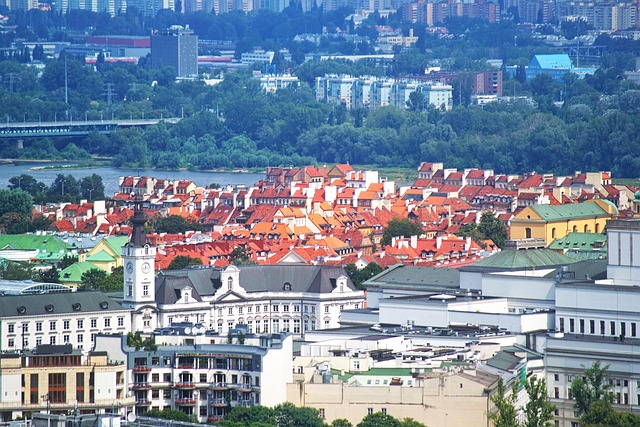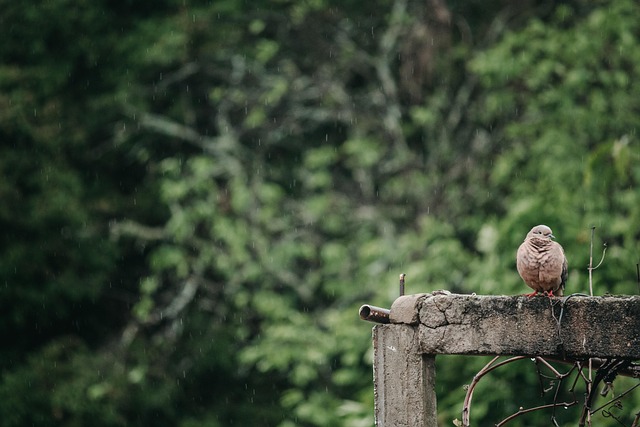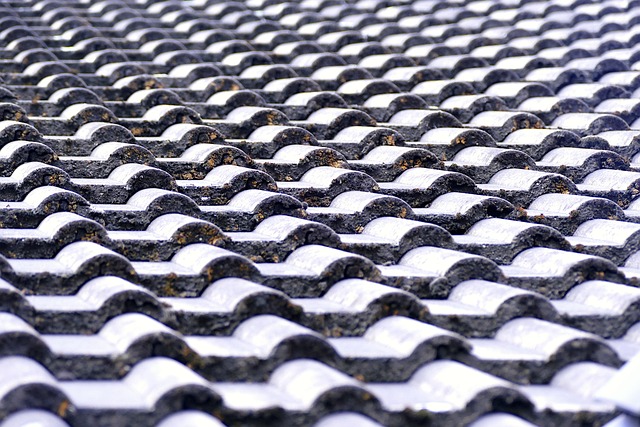Green roofing systems services offer businesses sustainable energy solutions with enhanced building durability and aesthetic appeal. These systems, ranging from lightweight to intensive designs, provide natural insulation, reduce energy bills, promote urban biodiversity, and lower carbon footprints. Choosing experienced installation specialists and maintaining regular inspection & cleaning maximize benefits, transforming buildings into eco-friendly oases that contribute to a greener future.
Looking to enhance your business’s sustainability while slashing energy bills? Consider green roofing systems—an eco-friendly solution gaining momentum worldwide. This comprehensive guide explores the multifaceted benefits and various types of these innovative systems, from reducing carbon footprints to improving building insulation. We delve into suitable materials, installation best practices, maintenance tips, and inspiring case studies, empowering you to make an informed decision on green roofing services for your business.
- Understanding Green Roofing Systems: Benefits and Types
- Eco-Friendly Materials for Sustainable Roofs
- Energy Efficiency: How Green Roofs Reduce Consumption
- Choosing the Right Installation Experts for Your Business
- Maintenance Tips for Longevity and Sustainability
- Case Studies: Successful Green Roofing Transformations
Understanding Green Roofing Systems: Benefits and Types

Green roofing systems have emerged as a powerful solution for businesses aiming to reduce their environmental footprint and energy costs. These innovative systems transform traditional roofs into vibrant, sustainable ecosystems that offer numerous advantages. One of the primary benefits is their ability to improve energy efficiency; by providing natural insulation, they help regulate building temperatures, reducing the reliance on heating and cooling systems. This results in significant savings on energy bills over time.
There are various types of green roofing systems, including extensive, intensive, and semi-intensive designs. An extensive living roof is a lightweight option, often featuring low-growing plants and sedums. Intensive roofs, on the other hand, support heavier vegetation and even small trees, creating a more diverse habitat. Sustainable and eco-friendly roofing solutions not only contribute to energy conservation but also enhance the building’s overall durability and extend its lifespan. With their aesthetic appeal and environmental benefits, green roofing systems are becoming an increasingly popular choice for businesses seeking to embrace eco-conscious practices.
Eco-Friendly Materials for Sustainable Roofs

In the pursuit of sustainable roofing solutions, businesses now have a wide array of eco-friendly materials to choose from. Green roofing systems services offer an innovative approach by integrating nature into building design. One popular choice is the use of vegetative or living roofs, which involve planting various flora on top of structures. These natural barriers provide excellent insulation, reducing energy consumption for heating and cooling. Additionally, they contribute to urban biodiversity and create a healthier environment.
Other eco-friendly roofing options include recycled materials like reclaimed metal, wood from sustainable sources, and biodegradable compounds such as bamboo or straw. These alternatives not only minimize environmental impact but also offer aesthetic appeal with unique textures and colors. Businesses can further enhance their sustainability efforts by selecting locally sourced materials, ensuring lower carbon footprints and supporting regional ecosystems.
Energy Efficiency: How Green Roofs Reduce Consumption

Green roofing systems services offer a powerful solution for businesses aiming to reduce their energy consumption and environmental footprint. By integrating nature into building design, these innovative systems create sustainable roofs that provide multiple benefits. One of the primary advantages is improved energy efficiency. A living roof, or eco-friendly roofing, acts as an insulator, helping to regulate indoor temperatures. This natural insulation reduces the need for artificial cooling or heating, leading to significant energy savings throughout the year.
The intricate tapestry of plants and vegetation in green roofs also plays a crucial role. These systems work to mitigate urban heat islands, where concrete and asphalt structures contribute to elevated city temperatures. By absorbing sunlight and releasing moisture into the atmosphere through transpiration, green roofing helps lower the surrounding temperature. This effect not only reduces energy usage but also creates a more comfortable indoor environment for employees and customers alike, contributing to overall business sustainability.
Choosing the Right Installation Experts for Your Business

When considering implementing a green roofing system for your business, selecting the right installation experts is paramount. Look for professionals who specialize in eco-friendly roofing and have extensive experience with various systems like sustainable roofs, living roofs, and other innovative designs. Reputable companies will offer not just installation but also ongoing maintenance services to ensure optimal performance and longevity of your new roof.
Check their portfolio, read client reviews, and inquire about warranties or guarantees they provide. Experts in eco-friendly roofing services should be up-to-date with industry best practices and local regulations, ensuring a seamless and efficient installation process. By choosing the right team, you’ll not only secure a high-quality installation but also contribute to reducing your business’s carbon footprint through effective energy-saving measures.
Maintenance Tips for Longevity and Sustainability

Regular maintenance is key to extending the life of your eco-friendly roofing system and maximizing its energy-saving benefits. A well-maintained living roof or sustainable roof can endure harsh weather conditions, reduce water runoff, and maintain its structural integrity for years to come. Establish a routine inspection schedule to identify any signs of damage, such as missing or broken vegetation, loose shingles, or clogged drainage systems. Promptly addressing these issues will prevent small problems from escalating into costly repairs.
In addition to visual inspections, consider annual deep cleaning to ensure optimal performance. Remove debris, dead plant matter, and other contaminants that can block sunlight and impact the growth of your roof’s greenery. Keep an eye on irrigation systems, ensuring they are functioning correctly and delivering adequate water to support the health of your green roofing system services. Regular maintenance not only preserves the aesthetics and functionality of your eco-friendly roof but also contributes to its overall sustainability and longevity.
Case Studies: Successful Green Roofing Transformations

Many businesses are turning to green roofing systems services as a powerful way to reduce their energy footprint and contribute to a sustainable future. Case studies across various industries highlight the success of these transformations. For instance, a prominent retail chain in urban areas has implemented an extensive eco-friendly roofing project, featuring a deep green living roof that not only reduces heat absorption but also provides insulation during colder months. This innovative design has significantly lowered their energy costs and enhanced their corporate image as an environmentally responsible brand.
Another notable example is a large office complex that opted for a sustainable roof transformation. By replacing traditional roofing with a carefully curated blend of native plants, they created a vibrant green space that supports local biodiversity. This living roof not only minimizes the urban heat island effect but also absorbs rainwater, reducing stormwater runoff and contributing to a healthier ecosystem within the cityscape. These successful transformations demonstrate the multiple benefits of green roofing systems services, offering businesses both environmental and economic advantages.
